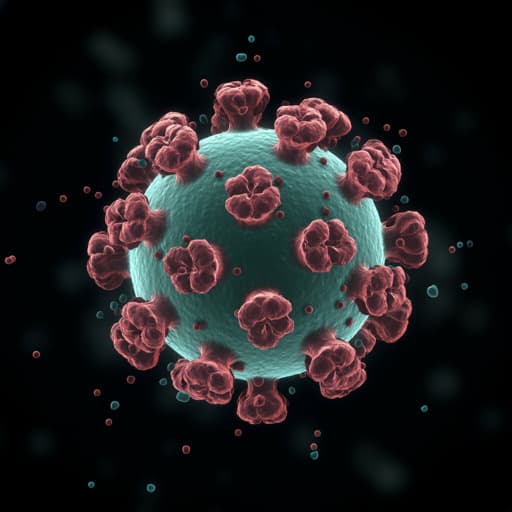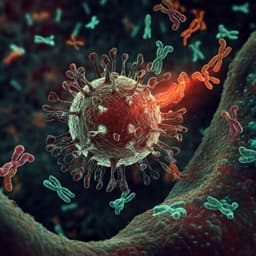
Biology
Viral Population Heterogeneity and Fluctuating Mutational Pattern during a Persistent SARS-CoV-2 Infection in an Immunocompromised Patient
M. Brandolini, S. Zannoli, et al.
In a groundbreaking study, researchers delved into the evolution of SARS-CoV-2 in an immunocompromised patient with follicular lymphoma, revealing intricate viral adaptations over seven months. This work, conducted by an expert team from the Greater Romagna Area Hub Laboratory and the University of Bologna, uncovers the potential for enhanced viral transmissibility and immune evasion stemming from prolonged infections. Dive into these fascinating insights into intra-host virus evolution!
~3 min • Beginner • English
Related Publications
Explore these studies to deepen your understanding of the subject.







